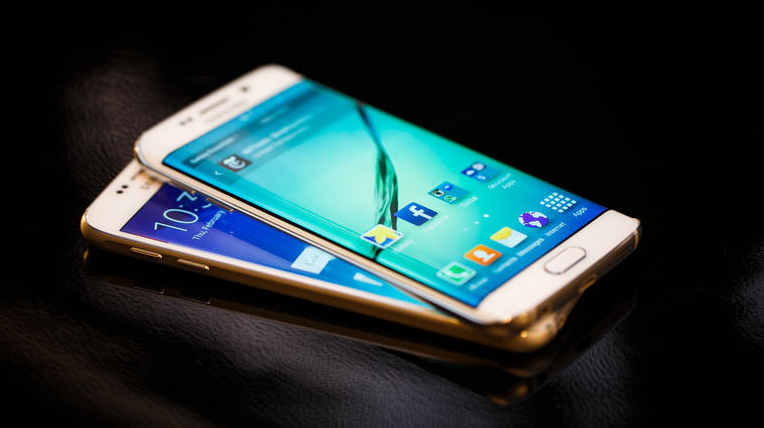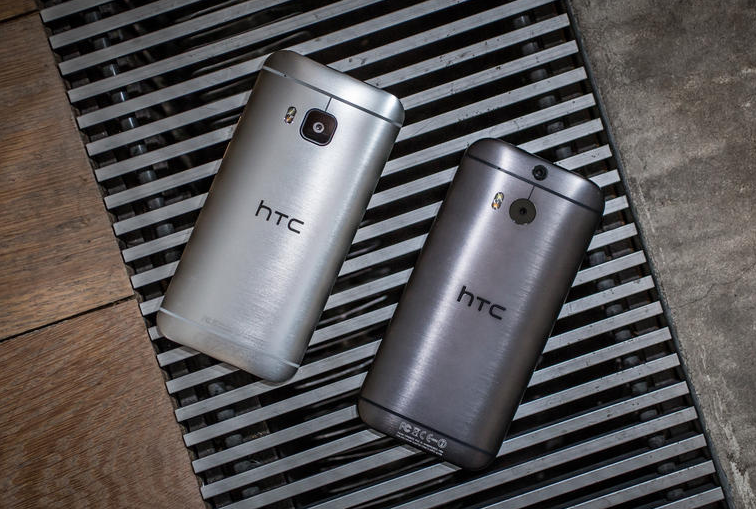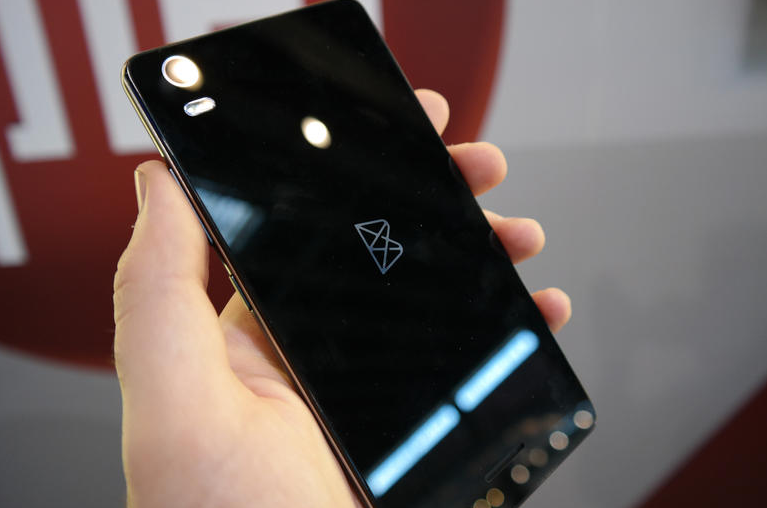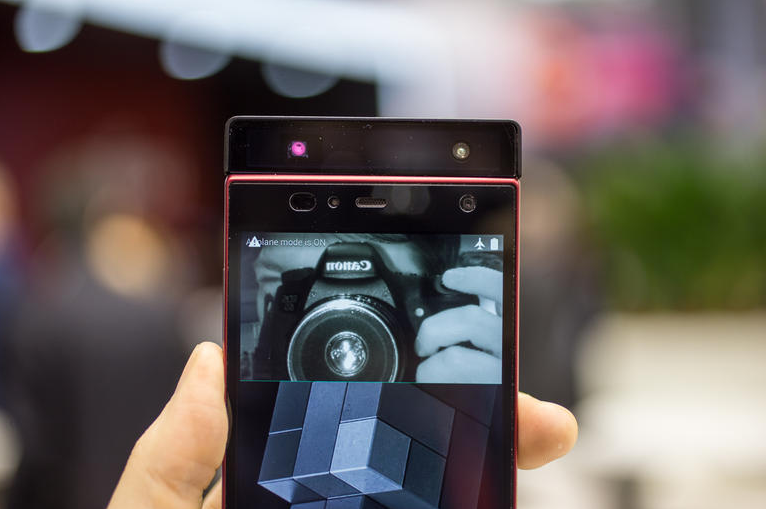Barcelona is yet again playing host to the largest mobile tech show of the year - Mobile World Congress 2015. And yet again, the major players in mobile are announcing their latest and greatest flagship devices. And while this year's show, which started on March 2nd and goes until tomorrow, isn't only about the smartphones and tablets (there were also plenty of major announcements surrounding wireless networking, smartwatches, VR, and even security), mobile devices are still the highlights of the event.
Here are two of the biggest and two smaller, but still significant smartphone announcements from the show (thus far):
Samsung Galaxy S6 and S6 Edge
Galaxy S6 Edge and Galaxy S6 (Source: CNET)
Last year's Samsung Galaxy S5 received a lukewarm reception (and subsequent sales dip), as most people were expecting a lot more from the Korean tech giant. Instead, they got a device that was more evolutionary than revolutionary and, (arguably) most importantly, still plastic (many believed it would have more premium materials). Samsung seems to have learned from their mistakes this time around. The new Galaxy S6 and S6 Edge finally get the premium metal finish flagship phones deserve. The two devices are nearly identical (the Edge has a curved screen) and pack nearly identical features - Android 5.0 Lollipop, a 5.1 inch high resolution display, an updated fingerprint scanner, a 16 MP rear camera with optical image stabilization, and or course, improved specs all across. However, going all-metal has downsides, too. No longer is there a removal back, which means no removal battery (a favorite feature of Galaxy S users). Also, there is no microSD card slot or waterproof capability that was available in the S5. Still, improved specs should please Samsung loyalists and the new premium fit and finish should attract some new buyers who passed on the previous Galaxy S phones due to their cheaper feel and materials. The phones will be available in some areas starting April 10 and pricing is still unknown, but we should know more in the coming days.
HTC One M9
HTC One M9 (left) and One M8 (Right) (Source: CNET)
Of course, Samsung wasn't the only brand making its big flagship announcement. HTC, who got somewhat back on track last year thanks to their beautiful HTC One M8, unveiled their flagship for this year, the HTC One M9. Unlike Samsung's S5, last year's M8 was already premium, so what did the Taiwanese company do to improve an already great looking and feeling phone? Aesthetically, not much at all. In fact, the M9 looks almost identical to last year's model. Here's a case where the 'if it ain't broke, don't fix it' approach is probably the right way to go, however. And while I'm sure there will be upset people accusing HTC of being lazy, they made more important changes and improvements to areas where the M8 was lacking. The highlight of those improvements was moving the lackluster 4 UltraPixel Camera to the front (which now makes it a great secondary camera that's perfect for selfies), and putting a more traditional 20 MP camera on the back (with no secondary camera lens). The display and screen size remain unchanged from last year and the device will come with Android 5.0 Lollipop and the latest version of HTC's Android skin, Sense 7. Other features include a new, more powerful Snapdragon 810 processor, 3GB of RAM, and a slightly bigger battery. Pricing has yet to be announced, but the phone will be available globally at the end of March.
Blackphone 2
Blackphone 2 (Source: CNET)
You may or may not remember Silent Circle's first Blackphone from last year's show. If not, the device was a privacy-focused smartphone that was touted as the most secure phone ever. This year, Silent Circle unveiled the phone's successor in the Blackphone 2. Equipped with a faster processor (64-bit Octa-core), more RAM (3GB), a better battery (3,060mAh) and a bigger display (5.5 inches and 1,920x1,080 pixels), an updated version of Android-based PrivatOS, plus a slew of privacy and security features like "automatic encryption of videos and voice calls over a P2P VolP service, encrypted messaging, and an automatically encrypted address book" (CNET), the ability to make encrypted calls to people who don't have an encrypted device, and a new work/personal activity separator feature called 'Spaces', Silent Circle hopes to build on last year's device in every way and hopefully attract new customers. The phone is set to go on sale in July and should cost the same as last year's model, which is $629. There is no word yet on availability.
Fujitsu's Iris-Scanning Concept Phone
Fujitsu concept phone (Source: CNET)
While it's not a feature that will be available right away, Japanese tech company Fujitsu showed off a neat new concept at Mobile World Congress that's less about a phone (Fujitsu does makes phones, just not in America and the phone they used to demonstrate on is a generic Android phone), and more about how to unlock it. Instead of a fingerprint scanner, this device uses infrared lasers/cameras to scan your iris and unlock the phone. What's the point? A combination of ease-of-use and better security. Fujitsu claims that the iris is more complex than a fingertip, which makes it more secure. Also, there is no need to worry about hurdles like damp fingers and gloves with an iris scanner. As far as the concept goes, apparently it's really easy to set up (just follow a 20 second on-screen guide) and it works quite well even in concept form. Without giving any specifics, Fujitsu did say that they're planning to put this technology inside phones starting later this year. Pretty exciting.
As mentioned before, this year's Mobile World Congress runs through tomorrow and there are sure be more big announcements during that time. You can check out CNET's constantly-updated coverage of the show here:
http://www.cnet.com/mobile-world-congress/
Login to the community
No account yet? Create an account
Enter your E-mail address. We'll send you an e-mail with instructions to reset your password.




